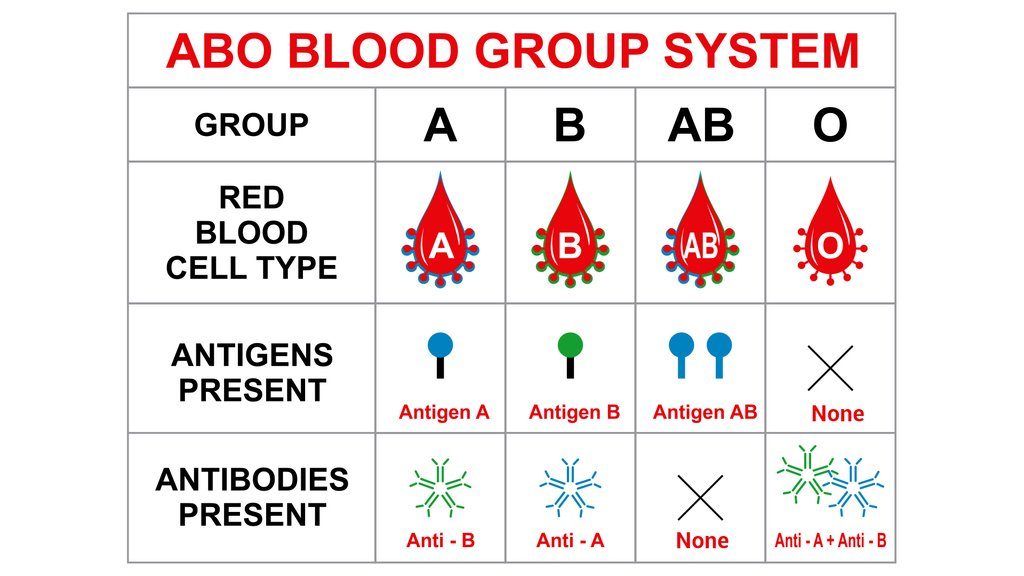
Blood grouping is the process of determining an individual’s blood type. It is based on the presence or absence of certain antigens (substances that can stimulate an immune response) on the surface of red blood cells. The most common system of blood typing is the ABO system, which is based on the presence or absence of two antigens, A and B, on the surface of red blood cells.
The ABO blood group system includes four types of blood: A, B, AB, and O. Type A blood contains the A antigen, type B blood contains the B antigen, type AB blood contains both A and B antigens, and type O blood does not contain either antigen. In addition to the ABO system, there are several other blood grouping systems that are based on other antigens on the surface of red blood cells. These include the Rh system, the Kidd system, the MNS system, and the Lutheran system.
Blood typing is important because it determines which blood types are compatible with each other for a safe blood transfusion. For example, a person with type A blood can only receive type A or type O blood, while a person with type B blood can only receive type B or type O blood. Type AB blood can receive any type of blood, and type O blood is considered the “universal donor” and can donate to any other type.

